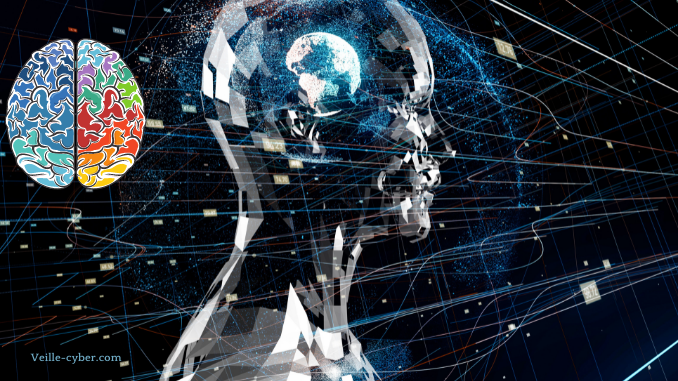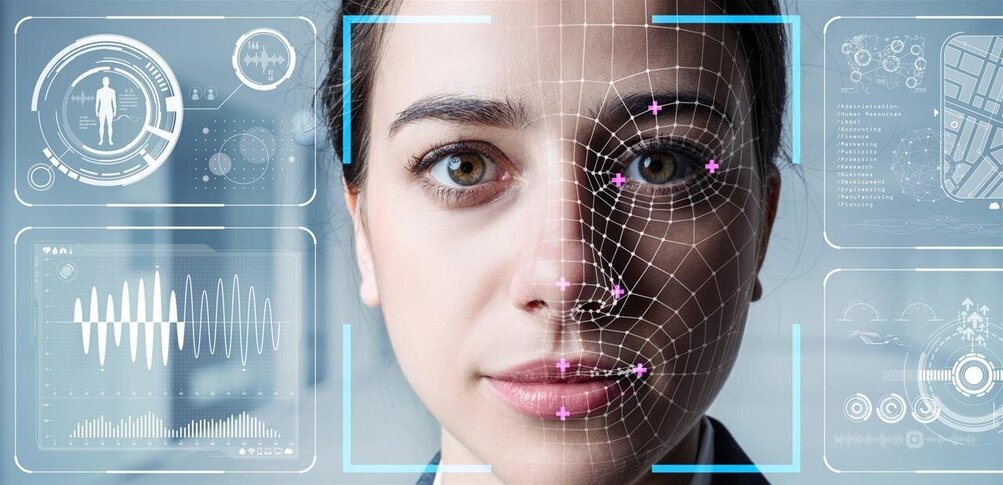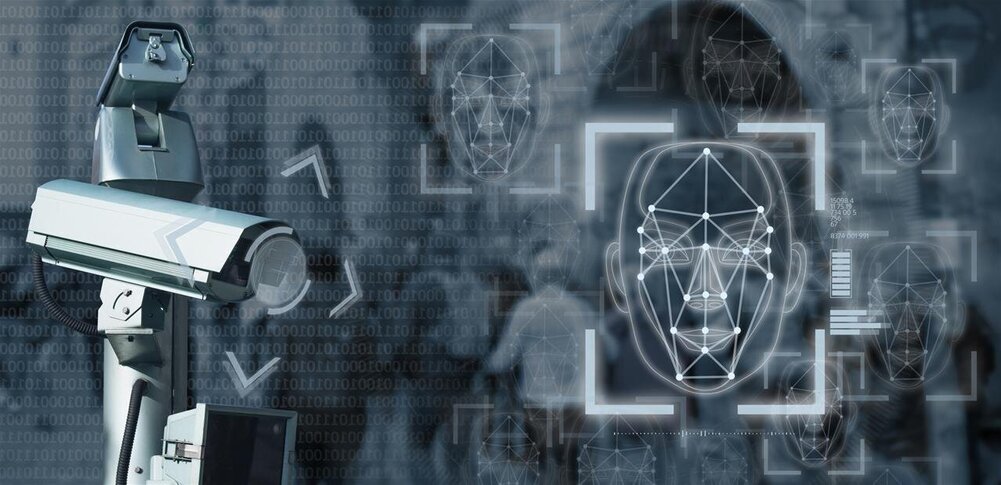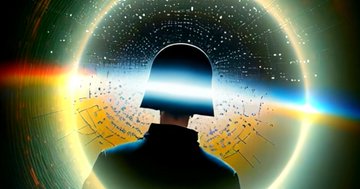In this magical world of technology, if there is one term that has taken everyone by storm, then it has to be – Artificial Intelligence, without a doubt. Over the years, Artificial Intelligence, or AI as it is commonly called, has seen varied applications in every field possible – be it healthcare, e-commerce, robotics and even banking for that matter. However, that one field that is relatively less explored but is as interesting and exciting as the rest is astronomy.
Talking about astronomy, one of the toughest challenges lies in studying the data. It is because of this that astronomers are turning towards machine learning and Artificial Intelligence (AI) in order to build new tools. Having said that, have a look at how has Artificial Intelligence transformed astronomy and is catering to the needs of astronomers.
- Off late, a group of astronomers made use of Artificial Intelligence in a galaxy merger study to confirm that the driving force behind starbursts was nothing but galaxy mergers. Considering how large the database turned out to be, the team had built a deep learning algorithm that taught itself to identify merging galaxies. One of the astronomers was quoted as saying that the advantage of Artificial Intelligence is that it would improve the reproducibility of the study. The reason being – the algorithm is consistent in its definitions of a merger.
- One of the most crucial tasks to accomplish for an astronomer is to hunt a p The whole science behind this is – Whenever there is an exoplanet passing in front of its parent star, some of the light is blocked, which the humans can see. It is here that the astronomers observe the orbits of an exoplanet and build a picture of the dips in the light. After doing so, they identify various properties of the planet such as its mass, size and distance from its star to name a few. That said, AI turns out to be no less than a saviour here. By virtue of AI’s time-series analysis techniques, it is possible to analyse data as a sequential sequence and thus identify the signals of exoplanets with as much as up to 96 percent accuracy.
- The changing sky – The changing sky has grabbed all the attention for it has made its way to become one of the most remarkable projects of all time. This aims to survey the entire night sky every night – collecting over 80 terabytes of images in one go to be able to learn how the stars and galaxies in the universe vary with time.
- Gravitational waves – Finding the signals of the most catastrophic events in the universe is very important for astronomers. What happens here is – when exoplanets fall inwards, they send out ripples in space-time. These can further be detected by measuring faint signals here on Earth. Gravitational-wave detector collaborations – Ligo and Virgo have worked exceptionally well in this aspect. Both of them have been successful in identifying signals with the help of machine learning. The astronomers now get alerts as a result of which they can turn their telescopes in the right direction.
Source : https://www.analyticsinsight.net/how-has-artificial-intelligence-transformed-astronomy
Mots-clés : cybersécurité, sécurité informatique, protection des données, menaces cybernétiques, veille cyber, analyse de vulnérabilités, sécurité des réseaux, cyberattaques, conformité RGPD, NIS2, DORA, PCIDSS, DEVSECOPS, eSANTE, intelligence artificielle, IA en cybersécurité, apprentissage automatique, deep learning, algorithmes de sécurité, détection des anomalies, systèmes intelligents, automatisation de la sécurité, IA pour la prévention des cyberattaques.






